Federal grant fuels first responder training
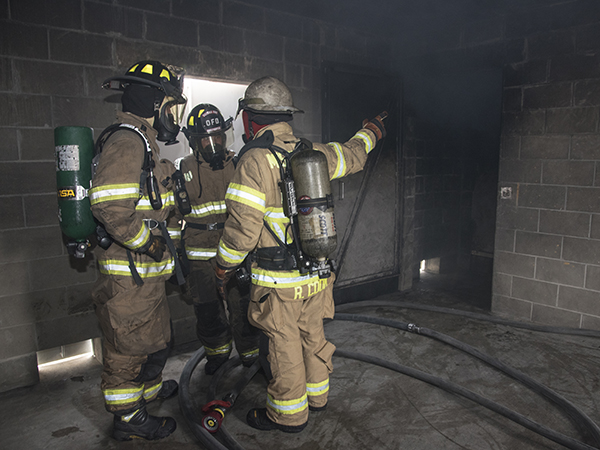
Published in News Stories on January 23, 2017
If two people had back-to-back heart attacks in rural Warren County, the first emergency responders on the scene would need fast and effective communication with the nearest medical transport - and that's just for starters.
That was a real-life scenario last year, when two men on Davis Island off the Mississippi River in south Warren County had life-threatening episodes two hours apart. The isolated island, used primarily by hunters, isn't accessible by ambulance.
The first responders reached out to Mississippi MED-COM, the statewide emergency communications center at the University of Mississippi Medical Center. Dr. Damon Darsey, an emergency medicine physician and medical director for UMMC's Mississippi Center for Emergency Services, contacted John Elfer, Warren County's emergency management director.
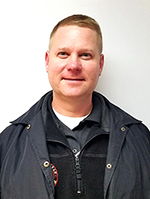
“It was less than 45 minutes from the time of the call to the helicopter landing,” Elfer said of UMMC's AirCare medical helicopter transport. “More than likely, had we not been able to communicate and get them transported by air, one or more wouldn't have survived.”
In that emergency, the infrastructure was in place for good cell phone and radio communication. But in the state's farthest corners, quick and seamless emergency communications and preparedness isn't a given.
“You go up into the Delta and the less fortunate rural areas, and some of these smaller counties simply don't have the funds for coverage,” said Elfer, whose county has five cell towers and benefits from upgraded radios in emergency management.
Help is on the way, however, through a $33 million federal grant that allows Mississippi to build infrastructure to enhance communication and coordination among emergency providers. As the state's leading institution for advancing both telehealth and emergency communications, UMMC is playing a key role in completing projects funded through the Broadband Technology Opportunity Program.
Federal funds initially were awarded in 2010, but Sens. Thad Cochran and Roger Wicker were instrumental in securing additional grant support.
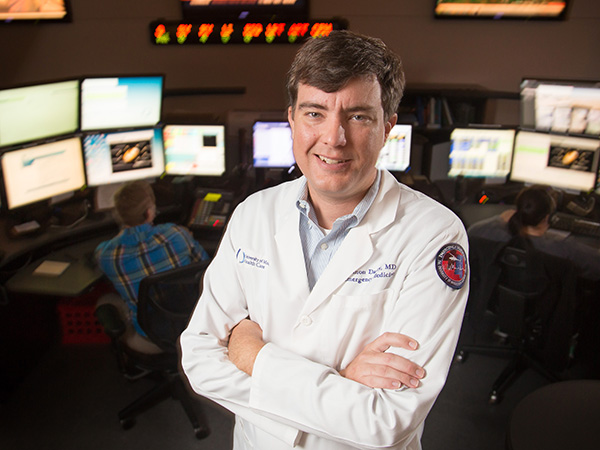
“The goal is to increase the care provided to patients, and to develop policies and procedures for the use of technology in rural areas and in situations where patients are being treated at the scene,” Darsey said.
The initiative includes construction of an integrated public safety training complex providing much larger quarters for MED-COM. “We are eager to do our part through training and coordination to improve care in our state, even in its most rural areas,” said Dr. LouAnn Woodward, UMMC vice chancellor for health affairs and School of Medicine dean.
MED-COM is staffed 24 hours a day, seven days a week, with experienced paramedics and emergency medical technicians taking calls from emergency responders and health-care providers statewide and coordinating response and care.
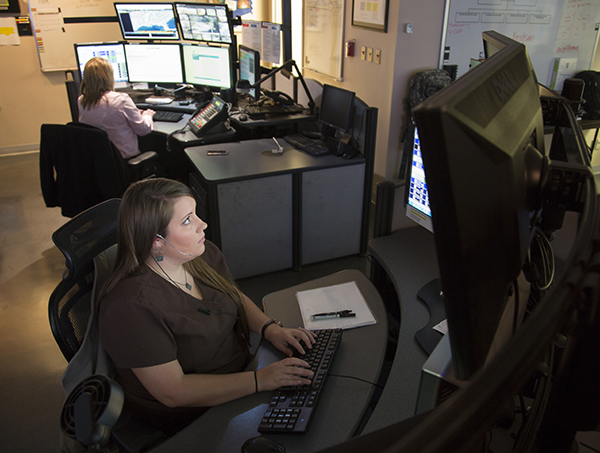
The new one-of-a-kind complex will include an educational center where emergency responders can better learn how to use technology and emergency medicine on the scene. The grant provides funding for research and development of a mobile telemedicine application for emergency responders that utilizes available broadband systems or the Mississippi Wireless Information Network (MSWIN) mobile radio system, Darsey said.
“This building will include areas where broadband signals could be replicated or simulated while allowing medical responders to train on new technologies,” Darsey said. “These are innovative ideas to impact mortality in Mississippi.”
UMMC plays a lead role in the First Hands project, a parallel initiative which provides education for Mississippi first responders and is hailed as a model for the nation. It's separate from the BTOP program, but synergistic. The First Hands project was developed by the Mississippi Center for Emergency Services to train public safety personnel on medical care and communications to achieve improved care and coordination in rural Mississippi.
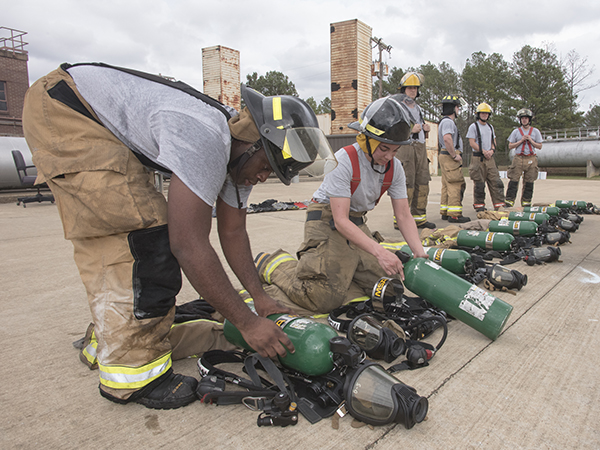
Emergency management directors statewide often cite the difficulty for first responders such as volunteer firefighters to get emergency medical training, especially if they have to take off work to travel to Jackson. “Some people choose not to take it, or they just can't get to it,” said Danny Manley, emergency management director in Pearl River County. “But, it can be worked out.”
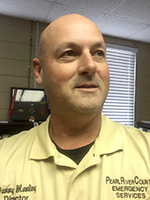
Emergency responders in his county overall have good radio communication that's bolstered by the county's participation in MSWIN, Manley said. “But our cellular coverage is poor in a lot of areas because it's rural, and it's a very large area. We could certainly use help with that.”
Access to training, and good communications infrastructure that can put that training to work, is especially important because the state has no minimum requirement for volunteer firefighters who often are the first hands at an emergency. “It's very challenging to come up with enough volunteers in a rural area, and no way are you going to have career (emergency responders),” said Tom Lariviere, Madison County emergency management director.
Many volunteer fire departments, however, have their own in-house training requirements and minimum qualifications, such as basic first aid, CPR and courses offered at local community colleges and the Mississippi State Fire Academy.
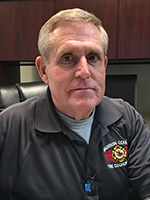
Lariviere is confident the new training center will provide realistic practice scenarios for first responders. “If he's (Darsey) involved with it, the training will be very relevant,” Lariviere said. ”Damon has the first-hand working knowledge of the whole system, from the ground up.”
In October, emergency communications and preparedness staff from UMMC conducted training for area law enforcement and first responders at Davis Island, Elfer said. “We got to ride in the helicopters and talk to MSWIN. It was a great opportunity,” he said. “The landowners there really appreciated it.”
Lariviere cites the Oct. 31 hayride crash in rural Chunky, Miss., as a scenario demanding effective emergency communication from first responders. A truck rear-ended a trailer carrying a number of adults and children, leaving three people dead. “It's critical that you have good information going to the hospital from the scene so that decisions can be made,” Lariviere said. “Where do we take this patient? Where is the hospital with the skills set we need for this patient?”
Even if a county has good infrastructure and emergency preparedness training, Elfer said, emergency management staff should strive to increase resources. “We can always use more training,” Lariviere said.
“You want to overengineer it,” Elfer said. “The first thing that fails during any big response is your communication piece.”


